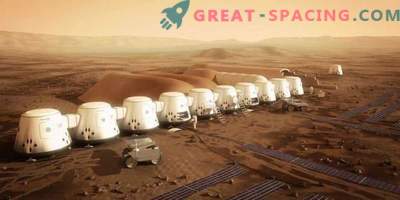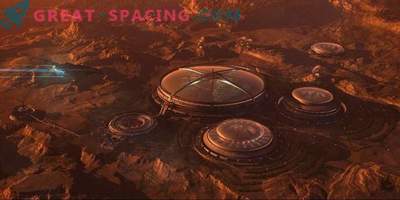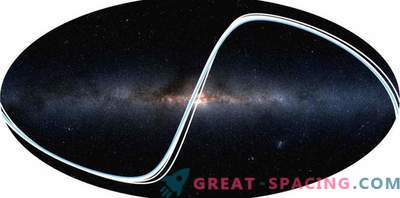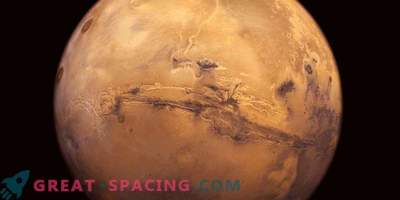
Two biologists on September 13 published an article in the prestigious journal Nature Today, which called for more space on Earth to be wilderness. But what does this mean for space exploration and what can space learning teach us?
Space research and the environmental movement have long been going hand in hand. Therefore, images of our planet and, in particular, a frame from Apollo 17 or a magnificent shot of Voyager at a distance of 6 billion km (a pale blue dot) seem to be such significant. Before the start of space research, no one perceived our planet as a single entity.
At that time, the idea seemed revolutionary. It turns out that we are not only alone in this insensitive cold space, but we are one! Now observations of Earth from orbit have become commonplace. Moreover, over the past 20 years, we managed to find many other worlds outside the solar system, but there is nothing more native than Earth. After all, we still have not found life or complex ecosystems.
Is it possible to create a biosphere?
The new article calls for goals that world governments have already agreed upon at the 2010 conference. There were positions on the protection of at least 17% of the land and 10% of oceanic areas by 2020. Unfortunately, humanity can not cope with these indicators (14.7% and 3.6%). But planetary scientists fear that these tasks will not help maintain the functioning of the terrestrial ecosystem. Now we are talking about the bioengineering world, where the planet is perceived as a national park. The plans include the idea of creating an artificial bubble with a perfectly functioning natural system. Correction of the surface and the seas to control all the creatures around us is not so different from the process of creating the varieties of artificial biospheres, which they dream of when studying other worlds and moons. Therefore, scientists insist on studying this issue, since the Earth needs our help.
It is important to note that researchers have already tried to do something similar. The most impressive experiment occurred in 1991 and was called “Biosphere-2” in the center of the Arizona desert. The 2-year experiment was to be a self-sustaining miniature replica of the Earth with 3,800 species. At that time, all 8 crew members survived, but the experience was difficult. One person had to leave the program earlier for medical reasons. Sweet potatoes flourished much better than other crops, so the skin of the crew turned orange. About 40% of the species simply disappeared.
This case shows how difficult it is to create life in the microcosm even on Earth. Participants used the term “hellish” to describe life on an object that was attacked by ants and cockroaches. It was most offensive to observe the death of living beings. The first to disappear were the bees, whose troupes found near the emergency exit (they lay in groups). This lesson should teach us how to work with existing nature and limit negative human influence.
You can’t hide from problems
Cosmos offers various perspectives for creating colonies in other worlds. However, planetary scientists are not in a hurry to rely on this output if the Earth becomes uninhabitable. This is the wrong approach. That is, it is foolish to move to Mars due to the fact that we do not want to solve the problems of our own planet. If we don’t figure it out here, we’ll just take the problem to another planet and the situation will repeat. Escape does not seem to be a way out, especially since other worlds do not expect us with open arms. Planetary scientists are constantly looking for new methods of terraforming and creating favorable conditions. Therefore, it will be useful to involve them in solving our problems. Climate change has long been recorded with increasing temperature and increasing power of storms. NASA satellite watched Hurricane Florence and other tropical storms, seeing how they leave a trail of destruction.
The loss of species diversity and climatic transformations are problems that humanity is not in a hurry to do. Nobody wants to repair, but they think about creating everything from scratch to another planet. But here, space research can provide a more productive type of thinking. NASA has a long history of extending missions and reprogramming damaged telescopes / robots during their work. Perhaps these examples motivate us to preserve what we have.











































